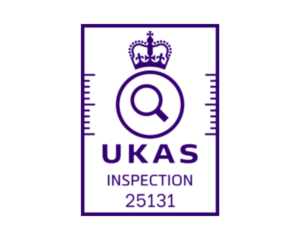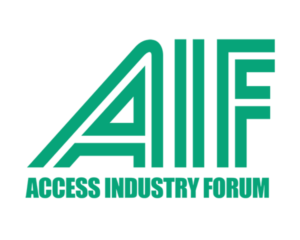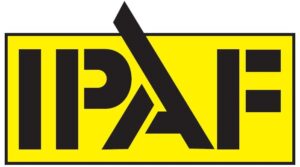The government recently announced the indefinite extension of CE mark recognition for products covered by their domain, including machinery, low voltage electrical equipment, pressure equipment, radio equipment, and EMC.
This move is expected to reduce business costs and streamline the product placement process, benefiting consumers. However, the Department for Levelling Up, Housing, and Communities (DLUHC) has issued a clarification stating that this extension does not apply to construction products, as their recognition of the CE mark will continue only until June 30th, 2025.
The Paul Morrell report, “Testing for a Safer Future: An Independent Review of the Construction Products Testing Regime,” highlights the complexities surrounding safety-critical construction products not adequately covered by the Construction Products Regulations (CPR), which was primarily designed to eliminate trade barriers in the EU’s internal market. Although the aims of the CPR have expanded, the European Commission remains focused on “making the internal market work properly for construction products by laying down harmonised conditions for their marketing.”
Michael Skelding, General Manager & Secretary at DHF, expresses concern regarding the lack of clarity surrounding the purpose of the UKCA marking in a post-EU alignment scenario. He supports the suggestion in the Morrell Report that the UKCA mark should signify the quality and safety of products rather than being tied to the chance of harmonised standards negotiated and endorsed in the EU.
DHF calls on the government to provide a clear roadmap for reforming the construction products regime, addressing the safety-critical product category and the relationship between designated and safety-critical standards. By offering clarity, businesses can better plan for future compliance and regulation changes.
The Building Safety Act empowers the Secretary of State to define and list “safety-critical products” that pose a risk of causing death or serious injury. DLUHC advises that this list will not comprise a single category but aims to bring additional products not covered by the existing framework into the regulatory fold.
DHF emphasises the need for a single category of safety-critical products, subject to defined criteria and higher scrutiny throughout the assessment and life cycle process. It suggests retaining the connection between statutory regulation and marking for products under the AVCP system to confirm their adherence to standards.
“We believe that a clear and cohesive approach to safety-critical products is essential for the construction industry,” says Michael Skelding. “By providing greater clarity and standardisation, we can ensure higher levels of safety and market confidence.”
DHF eagerly anticipates the DLUHC forthcoming proposals for reform and urges stakeholders to stay informed about developments in the construction products regime.









